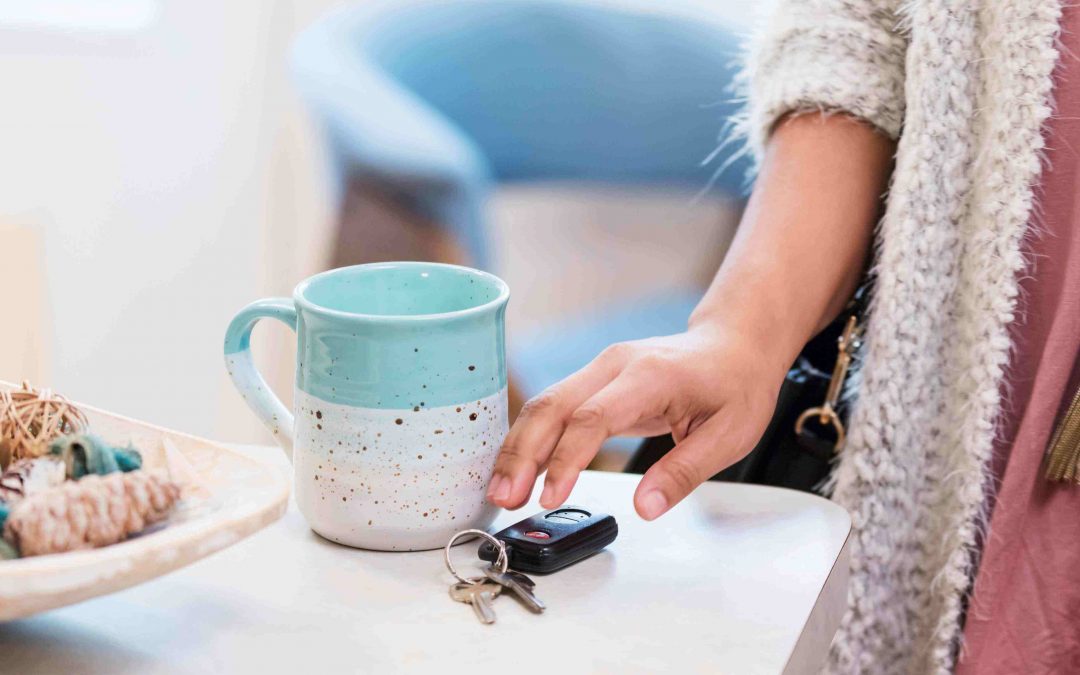By Bridget Mueller, MD PhD.
The PAIRED Project team is always excited to meet new research participants. Usually, our research coordinators have spent a lot of time talking to them in advance and planning out the details of the visit over multiple phone calls. But surprisingly often, after all this lead up, the participant doesn’t show up and then stops answering our calls. Some of our Gen Z team members started using the term “ghosting” to describe these events, referencing the broader cultural phenomenon of abruptly cutting off all contact without explanation.
As someone relatively new to clinical research, I found the phenomenon confusing. And after spending several days talking to our team members and my own clinical patients, I’ve concluded that there is neither a simple nor single answer. People are complex and the reason an individual decides, seemingly at the last minute, not to participate in a study is likely multi-faceted, involving social, cultural, and logistical barriers. But I have a hunch that personality may play an important and perhaps underappreciated role in ghosting (at least in the research context). In a classic experiment called “the open field test,” a mouse is placed in a 3-foot by 3-foot white plexiglass box for five minutes. Normally, mice spend the first minute walking cautiously along the edges, remaining in the shadows, before exploring the open, bright center. Out in nature, this evolutionarily adaptive behavior reduces the risk of being spotted by a flying predator. But mice who are more vulnerable to stress spend the majority of the five-minute test hugging the perimeter of the box. Even when baited with a few tasty peanut butter morsels, most don’t venture to the center of the box for long.
As an introvert, I felt a connection to these cautious and sensible mice. Is a peanut butter chip really worth being eaten by a hawk? Maybe our ghosters are like me and my perimeter-hugging mice. Despite a genuine desire to participate in a clinical trial, perhaps when the time comes to actually leave home to meet new people, answer personal questions, give blood, and engage in all the other research procedures, the fearful brain takes over and our prospective participant turns off the phone and remains on the couch.
So, how, as scientists, do we increase the likelihood that an introvert in pain will show up for the studies that are needed to find new treatments? Community engagement? Fewer in-person study visit requirements? I’m not sure, but the Paired Project is going to start asking. We’re acknowledging that participating in science can be hard, particularly when in pain, and we will ask every potential participant, “What can we do to make this visit easier for you?” We’ll let you know what we learn.


Recent Comments